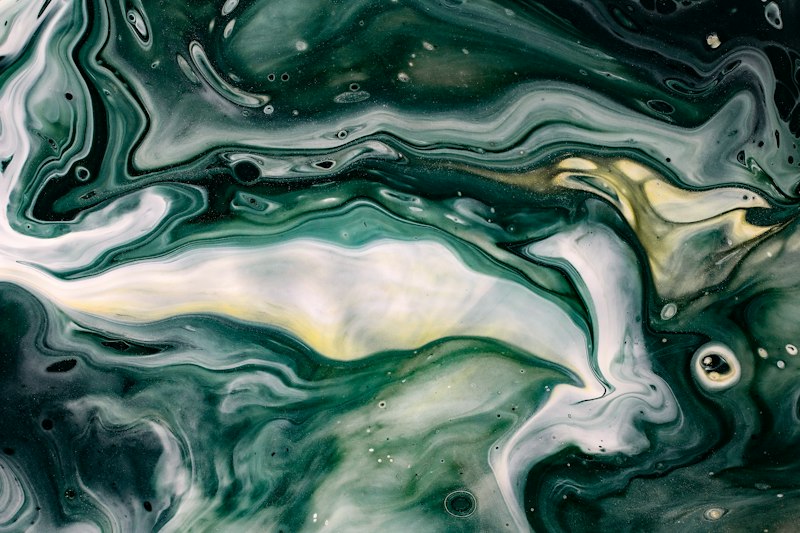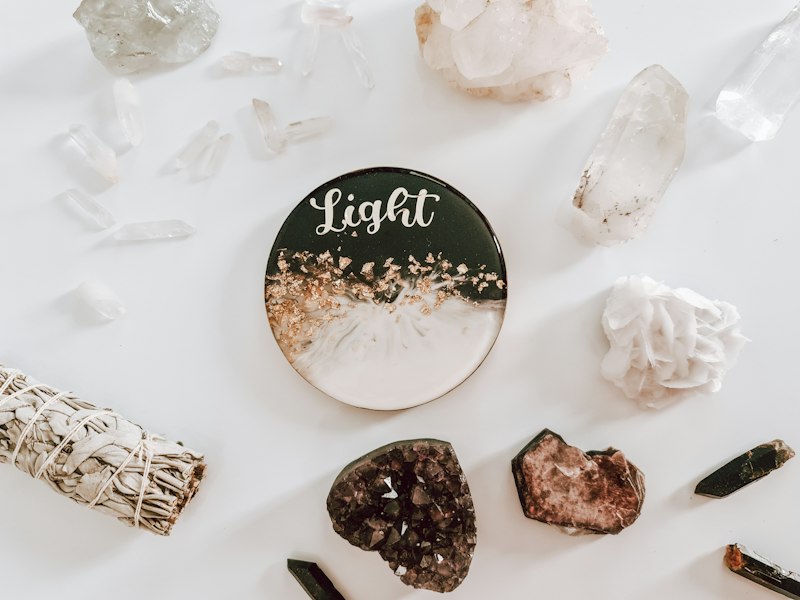Gemstone Marvels in the Indus Valley: Ancient Insights
Have you ever wondered about the captivating gemstones that have adorned civilizations throughout history? The Indus Valley is a treasure trove of ancient marvels, revealing insights into the importance of gemstones in the lives of people who lived thousands of years ago.
In the vast expanse of the Indus Valley, nestled between the mighty Himalayas and the Arabian Sea, lies a rich heritage of gemstone craftsmanship. This ancient civilization flourished around 3300 to 1300 BCE and left behind a legacy that continues to mesmerize us today.
One of the most intriguing aspects of the Indus Valley civilization is its remarkable skill in working with gemstones. Archaeological excavations have uncovered intricate jewelry pieces crafted with exquisite precision. These masterpieces showcase a deep understanding of gemstone properties and symbolism.
Among the gemstones favored by the craftsmen of the Indus Valley were lapis lazuli, carnelian, agate, and turquoise. Lapis lazuli, a vibrant blue stone associated with royalty, was highly prized for its intense color, resembling the depths of the ocean. Carnelian, with its warm red hues, symbolized vitality and power. Agate, renowned for its varied patterns and colors, embodied balance and harmony. Turquoise, with its serene blue-green shade reminiscent of the sky, was believed to bring protection and good fortune.
But it wasn’t just the beauty of these gemstones that captivated the people of the Indus Valley. They attributed mystical and healing properties to them as well. Gemstones were thought to possess cosmic energy and were used for metaphysical purposes. Whether it was warding off evil spirits or enhancing spiritual practices, gemstones played a pivotal role in their daily lives.
The significance of gemstones in the Indus Valley extended beyond adornment and spirituality. They were also regarded as status symbols, indicating wealth and social standing. The intricate craftsmanship and use of precious gemstones in jewelry reflected the opulence and sophistication of this ancient civilization.
As we delve deeper into the secrets of the Indus Valley, the gemstone marvels continue to amaze us. They provide a glimpse into a bygone era, where craftsmanship, symbolism, and spirituality intertwined seamlessly. These ancient insights remind us of the enduring allure of gemstones and their timeless appeal across civilizations.

Unearthing the Glittering Past: Remarkable Gemstones Discovered in the Indus Valley
Have you ever wondered about the hidden treasures that lie beneath our feet, waiting to be discovered? The Indus Valley, with its rich historical significance, has proven to be a remarkable source of awe-inspiring gemstones that unveil the secrets of an ancient civilization. Brace yourself as we embark on a journey to explore the captivating world of gemstones found in this ancient land.
One of the most remarkable gemstones uncovered in the Indus Valley is the mesmerizing Lapis Lazuli. This deep blue stone, reminiscent of a starry night sky, was highly prized by the ancient civilizations inhabiting this region. Its vibrant hue and distinct golden flecks make it truly unique. The Indus Valley residents used Lapis Lazuli for adorning jewelry, creating intricate carvings, and even grinding it into a fine powder to produce pigments for their artwork.
In addition to Lapis Lazuli, the Indus Valley is also renowned for its breathtaking Carnelian gemstones. These fiery orange stones were cherished for their vivid color and believed to possess healing properties. The ancient inhabitants of this valley would fashion Carnelian into beads, amulets, and seals, adorning themselves with these exquisite treasures. Today, these magnificent gemstones continue to captivate the hearts of gemstone enthusiasts around the globe.
Another gemstone that has left the world spellbound is the enchanting Agate. With its striking bands of vibrant colors, Agate has long been admired for its natural beauty. The Indus Valley yielded a variety of Agates, each possessing its own unique pattern and charm. Ancient civilizations utilized Agate to create stunning jewelry pieces, decorative objects, and ornamental items. Its timeless allure continues to enthrall both collectors and admirers of fine gemstones.
As we delve deeper into the history of the Indus Valley, we unearth the tales of these extraordinary gemstones. They serve as a testament to the creativity, craftsmanship, and reverence for natural beauty that prevailed in this ancient land. The remnants of this glittering past remind us of the enduring allure of gemstones and their ability to transcend time.
the Indus Valley stands as a testament to the remarkable gemstones that have been discovered within its depths. From the celestial blue Lapis Lazuli to the fiery Carnelian and the captivating Agate, these gemstones carry the essence of an ancient civilization and continue to leave us awestruck. Let us marvel at the treasures that lie beneath the surface, waiting to be unearthed and admired once again.
Ancient Treasures Revealed: Gemstone Marvels Shed Light on Indus Valley Civilization
Have you ever wondered about the secrets of ancient civilizations? The Indus Valley Civilization, one of the oldest urban societies in the world, continues to amaze us with its remarkable achievements. Recent discoveries of gemstone artifacts have provided fascinating insights into this enigmatic civilization.
Gemstones, known for their beauty and rarity, held great significance in the lives of people during the Indus Valley Civilization. They were not mere ornaments but symbols of power, spirituality, and prestige. These precious stones were meticulously crafted into various forms, ranging from intricate jewelry to ceremonial objects.
One of the most captivating gemstone artifacts discovered is a stunning necklace made of gold and lapis lazuli. Lapis lazuli, a deep blue stone flecked with golden pyrite, was highly valued by the Indus Valley people. It was believed to possess mystical properties and was often associated with divinity and protection. The craftsmanship involved in creating such a masterpiece is truly awe-inspiring.
Another remarkable find is a delicate amethyst pendant adorned with intricate carvings. Amethyst, a purple quartz gemstone, has long been associated with spiritual awakening and enlightenment. Its vibrant color and exquisite detailing suggest that it held a special place in the beliefs and rituals of the Indus Valley people.

Moreover, the use of gemstones in religious ceremonies suggests a deep connection between the material world and the spiritual realm. It raises intriguing questions about the beliefs and practices of the Indus Valley people and their perception of the divine.
As we uncover more of these ancient treasures, we are drawn closer to unraveling the mysteries of the Indus Valley Civilization. Each gemstone artifact adds a new chapter to this fascinating tale, shedding light on a civilization that flourished thousands of years ago.
the discovery of gemstone marvels from the Indus Valley Civilization has opened a window into the past, revealing the splendor and sophistication of this ancient society. The intricate craftsmanship, symbolism, and use of precious gemstones provide valuable insights into their culture, beliefs, and way of life. These treasures continue to captivate our imagination and remind us of the enduring legacy of the Indus Valley Civilization.
Indus Valley’s Lustrous Legacy: Gems and Jewels that Astound Archaeologists
The Indus Valley civilization has left behind a lustrous legacy that continues to astound archaeologists to this day. Among the remarkable treasures unearthed from this ancient civilization are an array of exquisite gems and jewels. These precious artifacts offer a fascinating glimpse into the artistic prowess and sophisticated craftsmanship of the people who inhabited the region thousands of years ago.
One cannot help but be captivated by the sheer beauty and intricacy of the jewelry discovered in the Indus Valley. From delicate gold earrings to intricately designed necklaces adorned with precious gemstones, these pieces reflect a deep appreciation for aesthetics and an advanced understanding of metallurgy. The artisans of the Indus Valley employed various techniques, such as filigree and granulation, to create stunning pieces that continue to amaze experts today.
What sets the jewelry of the Indus Valley apart is not just its visual appeal, but also its cultural significance. The presence of certain motifs and symbols, such as the ubiquitous bull, suggests a rich symbolism associated with fertility and power. It is believed that these ornaments were not merely decorative but held a deeper meaning in the social and religious fabric of the civilization.
In addition to their aesthetic and symbolic value, the gems unearthed from the Indus Valley provide valuable insights into the trade and commerce of the time. Archaeologists have discovered beads made from precious materials like carnelian, lapis lazuli, and agate, which point to long-distance trade networks extending as far as Mesopotamia and beyond. This demonstrates the sophistication and interconnectedness of the Indus Valley civilization with other ancient cultures.
The preservation of these ancient jewels is a testament to the skill and mastery of the artisans who crafted them. Despite being buried for millennia, the gems and jewels from the Indus Valley retain their original radiance and allure. Their discovery continues to fascinate archaeologists and historians, shedding light on the artistic achievements and cultural richness of one of the world’s most ancient civilizations.
the Indus Valley’s legacy in the realm of gems and jewels is truly astonishing. The stunning craftsmanship, cultural symbolism, and evidence of extensive trade networks all contribute to the allure of these ancient artifacts. As we uncover more treasures from this remarkable civilization, we continue to be amazed by their unrivaled beauty and the stories they tell about our shared human history.
Precious Secrets Unveiled: Gemstone Trade in the Ancient Indus Valley Civilization
Step back in time and uncover the enigmatic world of gemstone trade in the ancient Indus Valley Civilization. Imagine a land brimming with precious secrets, where vibrant jewels held both cultural and economic significance. Let’s embark on a journey to explore this fascinating era!
The Indus Valley Civilization, flourishing around 2600 to 1900 BCE, was an advanced urban society spanning parts of present-day India, Pakistan, and Afghanistan. Among its many marvels, the trade of gemstones played a pivotal role. Gemstones were highly valued for their beauty, rarity, and believed mystical powers.
One of the most sought-after gemstones was lapis lazuli, a deep blue stone often associated with royalty. Its striking hue, reminiscent of the vast Indus River, captivated the hearts of ancient traders. Lapis lazuli was sourced from the mines of Afghanistan and transported through intricate networks to reach the Indus Valley.
Another gemstone that held immense allure was carnelian. With its fiery orange-red color, it symbolized vitality and power. This stone was found in abundance in the region itself, particularly in the province of Gujarat. The people of the Indus Valley skillfully crafted carnelian into beads, amulets, and seals, showcasing their artistic prowess.
Turquoise, known for its mesmerizing sky-blue shade, was also cherished during this period. It was prized for its connection to the spiritual realm and was used in jewelry and decorative objects. Turquoise was obtained from mines located in present-day Iran and traded extensively throughout the Indus Valley.
Apart from these specific gemstones, the Indus Valley Civilization engaged in a thriving trade network that extended to other regions for a variety of gems. Precious stones like jasper, agate, and quartz were imported and transformed into exquisite ornaments. These gemstones adorned both men and women, signifying their social status, wealth, and aesthetic taste.



